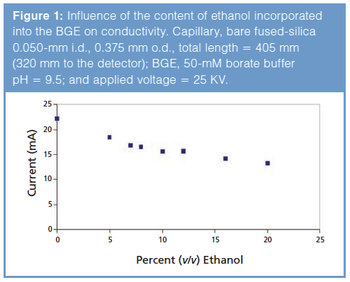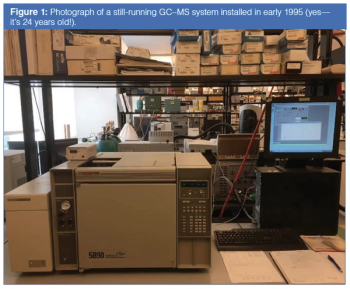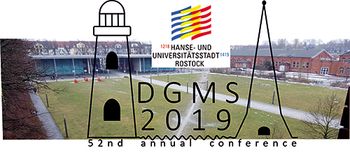
LCGC Europe
Click the title above to open the LCGC Europe January 2019 regular issue, Vol 32, No 01, in an interactive PDF format.

LCGC Europe
Click the title above to open the LCGC Europe January 2019 regular issue, Vol 32, No 01, in an interactive PDF format.

LCGC Europe
Analytical separation techniques based on the differential migration velocities of analytes under the action of an electric field are gaining increasing acceptance for the analysis of phenolic compounds in edible and medicinal plants and in plant-derived food products. In Part 2 of this review article the authors discuss the fundamental principles and practical aspects of electromigration techniques, including capillary zone electrophoresis (CZE), micellar electrokinetic chromatography (MEKC), and capillary electrochromatography (CEC). The development of two-dimensional systems, performed by coupling either liquid chromatography (LC) with an electromigration technique or two electromigration techniques, operated under different separation mechanisms, is also discussed.

LCGC Europe
The best troubleshooting is proactive; problems are much more easily prevented then solved. Proactive troubleshooting involves anticipating problems before they start, and stopping them before they disrupt your workflow. It also ensures a long operational lifetime for instruments. Unlike many other instruments, a gas chromatograph (GC) has several components, each of which must be properly maintained and optimized for the full instrument to operate properly. This instalment of “GC Connections” focuses on simple proactive steps that users of a gas chromatograph can take to ensure that instruments will operate correctly over time.

LCGC Europe
This is the final part of a trilogy looking at the impact of the new USP on analytical instrument qualification (AIQ) on data integrity in a regulated chromatography laboratory. This part will focus on the performance qualification (PQ) portion of the 4Qs model and, specifically, monitoring and requalification of chromatographs.

LCGC Europe
Confusion exists on the quantitative nature of headspace sampling, because it is an equilibrium-based technique when done in the static mode, but not necessarily in the dynamic mode. To aggravate matters further, the concentrations of headspace compounds in common applications, like foods, flavours, or petroleum distillates, can easily vary by an order of magnitude or more. Thus, what defines quantitative may depend largely on the goals of the analysis. This month we’ll take a look at headspace sampling and its quantitative nature.

LCGC Europe
LCGC Europe spoke to Alina Muscalu from the Organic Contaminants Section at Ontario Ministry of the Environment, Conservation and Parks (MECP) in Toronto, Canada, about the practical advances in environmental analysis using comprehensive GC×GC for targeted and nontargeted analysis, the role of GC×GC in routine analysis, and the benefits of using a micro-electron capture detector (μECD) for environmental analysis.

LCGC Europe
Challenges that can be encountered when using isocratic high performance liquid chromatography (HPLC) can be overcome by using gradient HPLC.

LCGC Europe
The 52nd Annual Conference of the German Society for Mass Spectrometry (DGMS 2019) will be held 10–13 March 2019, together with the Spring Meeting of the German Physics Society (DPG). This double conference will be hosted by the University of Rostock as a main event in its 600-year anniversary celebrations.

LCGC Europe
We look at problems in LC that can be traced to contaminated solvents or reagents, and how sample solvent effects can lead to poor performance in HILIC